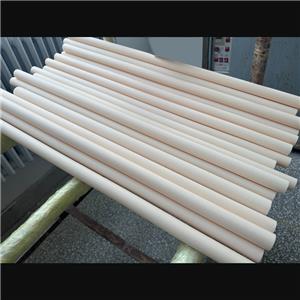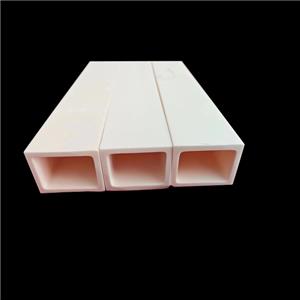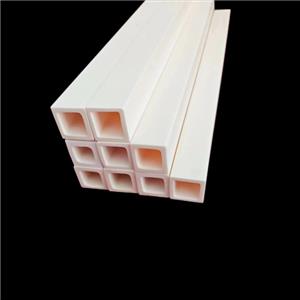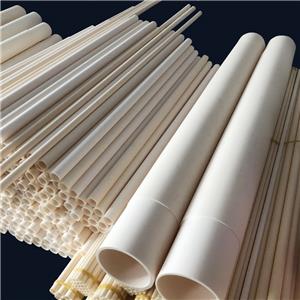Comparison of advantages of various ceramic crucibles
Comparison of advantages of various ceramic
crucibles
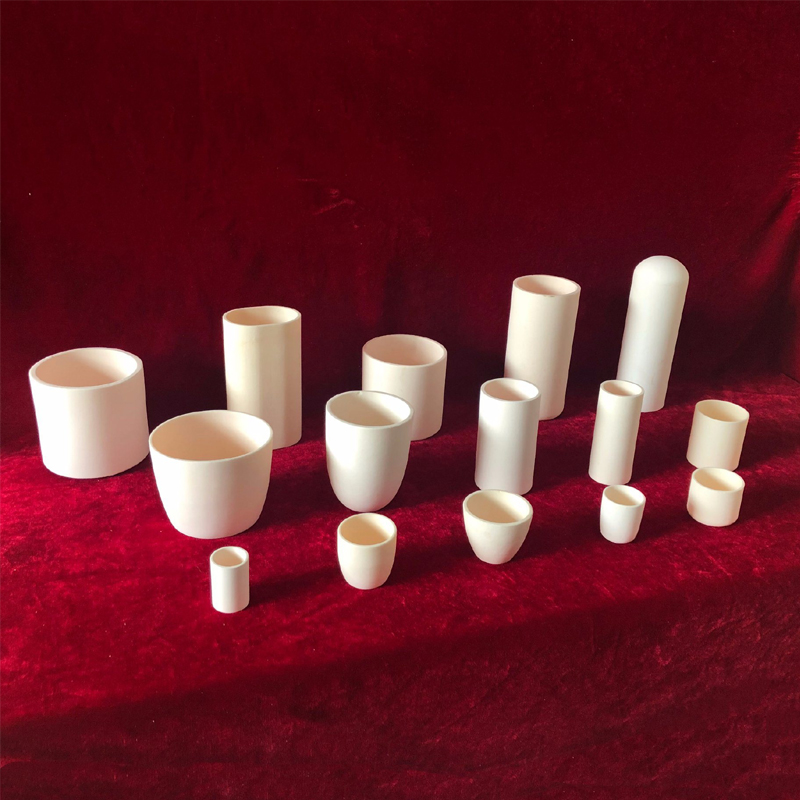
Crucibles, as pivotal components in chemical instruments, serve as vessels for melting, refining metal liquids, and facilitating the reaction of solids and liquids—an integral foundation for seamless chemical processes. Initially crafted from clay, the historical use of platinum for crucibles marked a significant technological stride. The evolution of preparation techniques now allows crucibles to be fashioned from diverse materials capable of withstanding melting or altering contents.
The myriad crucible types, models, and specifications offer unparalleled flexibility, ensuring the purity of melted materials. Among these, ceramic crucibles play a vital role. Categorized by raw materials, ceramic crucibles encompass quartz, alumina ceramic, boron nitride, zirconia, and more, each tailored for specific applications based on their distinctive properties.
1. Quartz Ceramic Crucible
Featuring a fine structure, low thermal conductivity, a small thermal expansion coefficient, excellent thermal shock stability, good electrical performance, and chemical resistance.
2. Alumina Crucible
Alumina crucible, Is robust and can withstand high temperatures, acid, alkali, extreme cold and heat, and chemical corrosion. It is suitable for melting samples of weak alkaline substances like Na2CO3 without water. However, it is not suitable for melting samples with strong alkaline and acidic materials as fluxes.
We 99.3%Alumina crucible at oxidation and reduction atmosphere of 1650 ℃ to 1700 ℃ has good insulation and mechanical strength. According to the application conditions, the alumina crucible has a variety of sizes and shapes to choose from.
3. Boron Nitride Crucible
The boron nitride crucible is usually composed of P-BN. P-BN ceramics have good heat resistance, thermal stability, thermal conductivity, and high-temperature dielectric strength, and are ideal heat dissipation materials and high-temperature insulation materials.
4. Zirconia Crucible
Zirconia has a higher melting point than zirconium and is one of the most refractory materials in nature. zirconia crucible can successfully smelt platinum, palladium, ruthenium, and cesium precious metals and their alloys.
In conclusion, the diverse range of crucibles underscores their indispensable role in facilitating a spectrum of chemical processes. From traditional materials like quartz to advanced compositions like sintered silicon nitride, each crucible type serves a unique purpose, contributing to the efficiency and precision of various applications. As technology continues to advance, crucibles will likely evolve further, catering to increasingly specialized and demanding industrial and laboratory needs.

